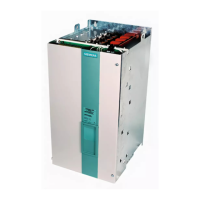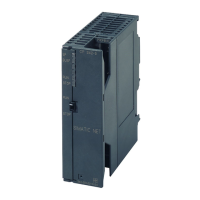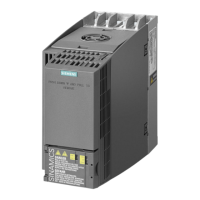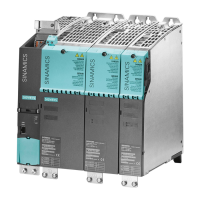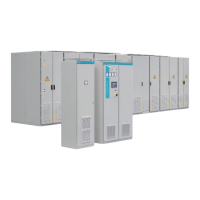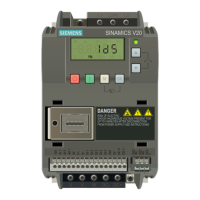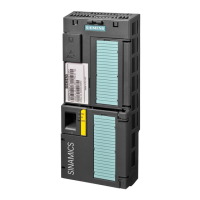Engineering Information 06.2005
6SE7087-6QX70 (Version AE) Siemens AG
11-14 Compendium Motion Control SIMOVERT MASTERDRIVES
With the motor torque of lifting drives, a difference is made between
upwards and downwards:
MJi Ji M
i
Mot up Mot b v load
G
b v load load up
G
Sign M
load up
=⋅⋅ +⋅⋅ + ⋅
⋅
αα
η
,
*
,
()
1
MJi Ji M
i
Mot down Mot b v load
G
b v load load down
G
Sign M
load down
=⋅⋅ +⋅⋅ + ⋅αα
η
,
*
,
()
α
bvload,
and M
load
have to be applied with the correct signs (see also
the examples under 11.3). If further moments of inertia are present on
the motor side (e.g. coupling), these must also be taken into account.
In addition to the torque determined by the load and by the gears, the
torque required for accelerating or decelerating the rotor's moment of
inertia during dynamic processes is added to the motor torque.
MJi
b v Mot Mot b v load,,
=⋅⋅α
Now a motor has to be selected which fullfils the condition for the
maximum motor torque in the required speed range. The proportion of
the acceleration torque for the motor rotor in relation to the maximum
motor torque depends on the motor's moment of inertia and the angular
acceleration but also on the moment of inertia of the load, the gear
transmission ratio and the static load torque.
A second point to be checked is whether the thermal limits are adhered
to.

